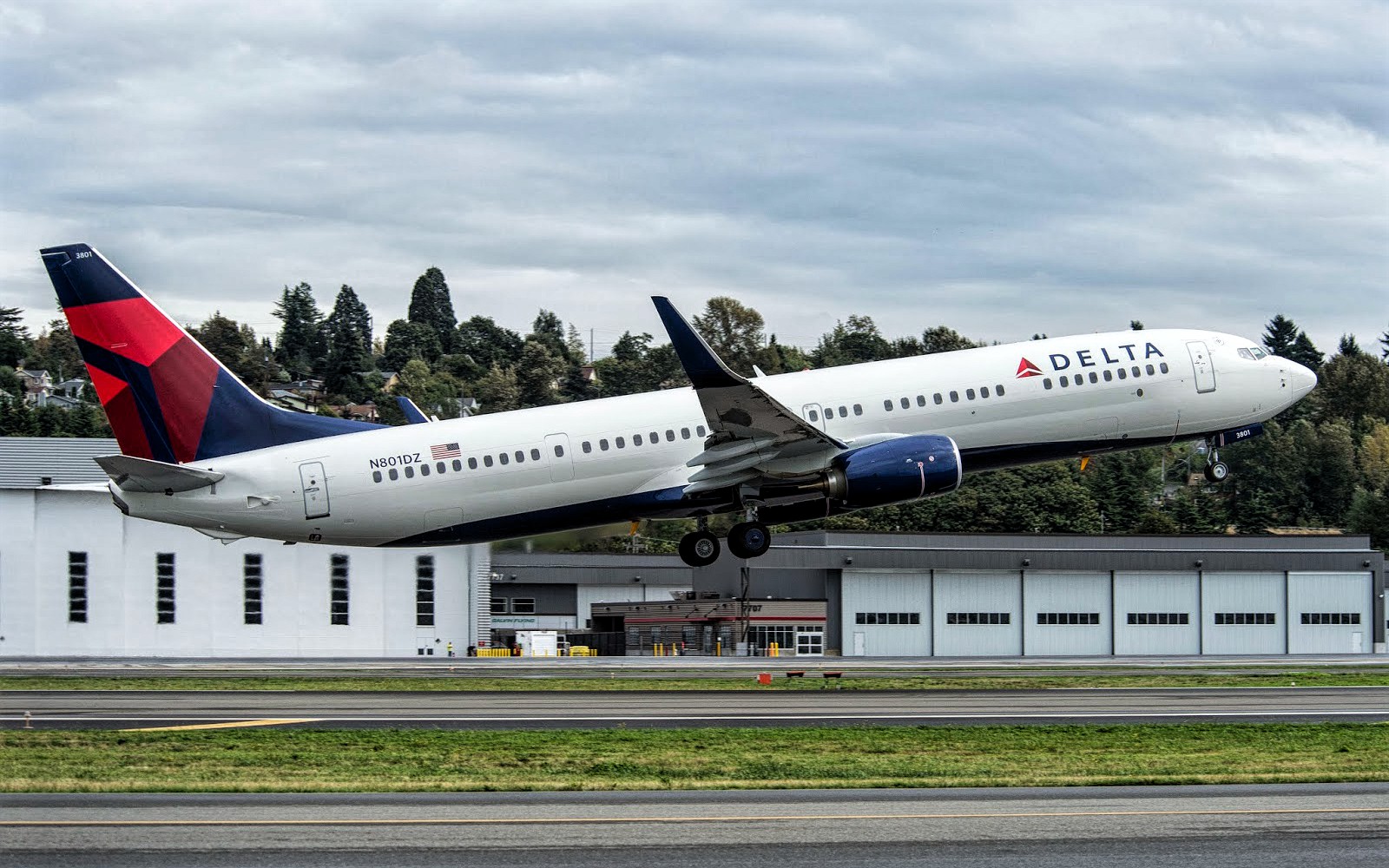Boeing 737-900ER: The Ultimate Guide To The Advanced Aircraft
The Boeing 737-900ER is a remarkable aircraft that combines efficiency, capacity, and modern technology, making it one of the most popular choices for airlines around the world. With its extended range and enhanced features, the 737-900ER has redefined short to medium-haul travel, allowing airlines to operate more efficiently while providing passengers with a comfortable flying experience. This article delves into everything you need to know about the Boeing 737-900ER, from its specifications and history to its operational capabilities and advantages.
In the following sections, we will explore the key features of the Boeing 737-900ER, examine its specifications in detail, and discuss the aircraft's performance in various operational scenarios. We will also address the environmental considerations and technological advancements that make the 737-900ER an outstanding choice for both airlines and passengers alike. Whether you are an aviation enthusiast, a potential passenger, or someone interested in the airline industry, this comprehensive guide is designed to inform and engage you.
Furthermore, we will present reliable data, statistics, and sources to enhance your understanding of the Boeing 737-900ER. By the end of this article, you will have a thorough appreciation of the aircraft's capabilities and significance in the aviation landscape.
Table of Contents
- 1. Overview of Boeing 737-900ER
- 2. Specifications of Boeing 737-900ER
- 3. History and Development
- 4. Operational Capabilities
- 5. Advantages of Boeing 737-900ER
- 6. Environmental Considerations
- 7. Technological Innovations
- 8. Conclusion
1. Overview of Boeing 737-900ER
The Boeing 737-900ER is part of the Boeing 737 Next Generation family, which has been in service since the late 1990s. The "ER" in its name stands for "Extended Range," indicating its ability to fly longer distances compared to its predecessors. This aircraft is designed to accommodate a larger number of passengers while maintaining operational efficiency, making it a popular choice among airlines.
1.1 Key Features
- Extended range capabilities of up to 3,500 nautical miles
- Capacity to seat up to 220 passengers in a single-class configuration
- Advanced aerodynamic design for improved fuel efficiency
- Modern cockpit with advanced avionics and navigation systems
2. Specifications of Boeing 737-900ER
Understanding the specifications of the Boeing 737-900ER is essential for grasping its capabilities and performance. Below is a detailed overview of the aircraft's specifications:
| Specification | Details |
|---|---|
| Length | 42.1 m (138 ft 2 in) |
| Wingspan | 35.8 m (117 ft 5 in) |
| Height | 12.5 m (41 ft 2 in) |
| Max Takeoff Weight | 194,700 lbs (88,500 kg) |
| Maximum Speed | Mach 0.82 (approximately 540 mph) |
| Range | 3,500 nautical miles (6,570 km) |
3. History and Development
The Boeing 737-900ER was introduced as a response to the demand for larger capacity aircraft with extended range capabilities. Launched in the early 2000s, it was developed to enhance the existing 737 family and meet the evolving needs of airlines.
3.1 Milestones in Development
- 2000: Launch of the Boeing 737-900 model
- 2007: Introduction of the Boeing 737-900ER variant
- 2008: First delivery of the 737-900ER to a major airline
4. Operational Capabilities
The operational capabilities of the Boeing 737-900ER make it suitable for various routes and conditions. Airlines can optimize their operations by utilizing its extended range and passenger capacity.
4.1 Route Flexibility
With the ability to cover long distances, the 737-900ER is ideal for routes that require efficient use of fuel and resources. Airlines can offer non-stop services on routes that were previously unfeasible.
5. Advantages of Boeing 737-900ER
The advantages of the Boeing 737-900ER extend beyond its operational capabilities. Here are some key benefits:
- Cost-effective operation due to fuel efficiency
- Increased passenger capacity leading to better revenue potential
- Proven reliability and safety record
- Widespread availability of parts and maintenance support
6. Environmental Considerations
As the aviation industry faces increasing scrutiny regarding its environmental impact, the Boeing 737-900ER incorporates several features aimed at reducing emissions and noise pollution.
6.1 Fuel Efficiency
The advanced aerodynamic design and modern engines contribute to improved fuel efficiency, allowing airlines to reduce their carbon footprint.
7. Technological Innovations
The Boeing 737-900ER is equipped with state-of-the-art technology that enhances its performance and safety. Key innovations include:
- Advanced avionics for improved navigation and communication
- Winglets that enhance fuel efficiency and performance
- Enhanced cabin features for passenger comfort
8. Conclusion
In conclusion, the Boeing 737-900ER stands out as a versatile and efficient aircraft that has made a significant impact on the aviation industry. Its combination of extended range, capacity, and modern technology ensures that it remains a favored choice among airlines worldwide. As the industry continues to evolve, the Boeing 737-900ER will likely play a pivotal role in shaping the future of air travel.
If you found this article informative, please leave a comment below, share it with fellow aviation enthusiasts, or explore more articles on our website. Your engagement is valuable to us!
Thank you for reading, and we look forward to seeing you again soon!
Utah Utes: A Comprehensive Guide To The University Of Utah's Athletic Program
Current Films: A Deep Dive Into Today's Cinematic Landscape
Rest Of Season Rankings PPR: Your Ultimate Guide To Fantasy Football Success


